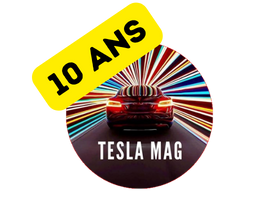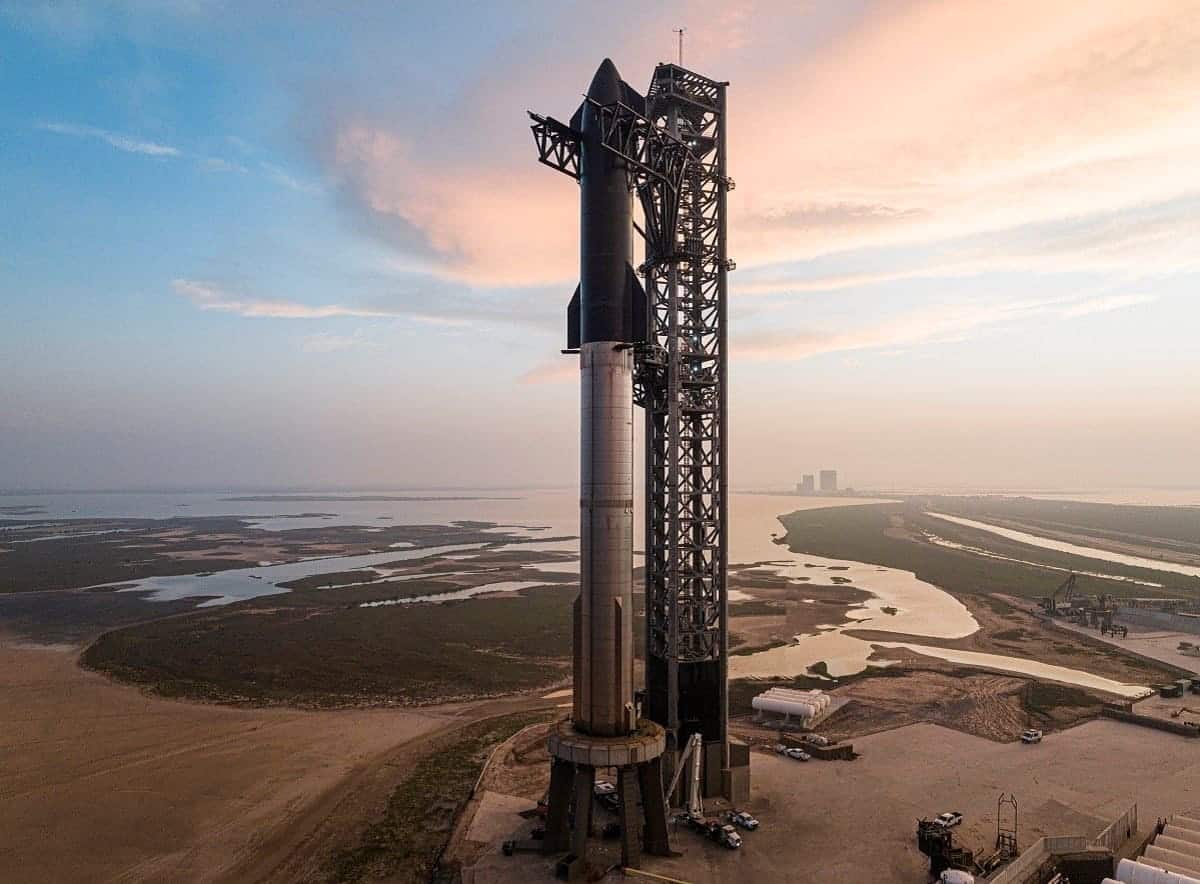SpaceX Starship is ready to restart in 6-8 weeks, says Elon Musk. The company expects to spend about $2 billion this year to develop the rocket to move closer to the goal of making humanity a multi-planetary species.
Elon Musk expects Starship to reach orbit during its next launch
Elon Musk met with his subscribers on Twitter Spaces to discuss the launch of SpaceX Starship on April 20. According to CNBC, he expects the vehicle to reach orbit on its next flight.
“My expectation for the next flight would be to reach orbit,” he said.
Additional funding for the next mission will not be needed
Musk said SpaceX plans to spend about $2 billion on Starship this year. This is a huge amount, but the company is ready to spend it. Musk said that SpaceX is “not anticipate needing to raise funding.”
“To my knowledge, we do not need to raise incremental funding for SpaceX,” he said.
The launch of Starship, which took place in April, slightly exceeded expectations
SpaceX made a test launch of Starship on 20 April. The vehicle successfully took off, but lost control after about four minutes. The company destroyed the Starship in the air to prevent possible damage if it hit the ground. However, “the outcome was roughly in what I expected, and maybe slightly exceeding my expectations,” Musk said.
Starship is ready for the next launch in 6-8 weeks
SpaceX has several more Starship prototypes in various stages of assembly. The company intends to make its next attempt to reach space in 6 to 8 weeks, Musk said. This means it could happen sometime in June if everything goes according to plan. The purpose of all test runs is to collect important information.
“The goal of these missions is just information. Like, we don’t have any payload or anything – it’s just to learn as much as possible,” Musk said.
Starship will enter orbit within the next 12 months
Musk has estimated the probability of reaching Starship orbit this year as likely as 80%. However, he is confident that from now, there is a “100% chance of reaching orbit within 12 months.”
What happened on April 20, during the first test flight?
The Starship took off and only 30 of the Super Heavy’s 33 Raptor engines ignited. Musk said that SpaceX “chose not to start” three engines, as they were not “healthy enough to bring them to full thrust. Starship slid laterally off the launchpad as it climbed into the sky, which Musk said was “because of the engine failures.”
About 27 seconds into the flight, SpaceX « lost contact » with some of the other engines. This happened as a result of an incident that happened “with some kind of energetic event” that removed the heat shield around several other engines. “Things really hit the fan” around 85 seconds into the launch, when SpaceX lost “thrust vector control” — or the ability to steer the rocket.
In addition, Musk said that it took about 40 seconds for the Autonomous Flight Termination System (AFTS), a system that destroys the aircraft if it deviates from the course, to work. This is too long. SpaceX will need to fix it before the next launch attempt.
Improvements made to future prototypes
“The vehicle’s structural margins appear to be better than we expected, as we can tell from the vehicle actually doing somersaults towards the end and still staying intact,” Musk said.
Taking advantage of the collected data, SpaceX has already made many improvements to future prototypes. The company needs to ensure “that we don’t lose thrust vector control” with the next launch.
The priority for the next flight will be to ignite 33 Raptor engines “faster and get off the pad faster,” Musk said. It took SpaceX about five seconds to start the engines and launch the rocket, which “is a really long time to be blasting the pad.” The company aims to cut that time in half for the next attempt.

